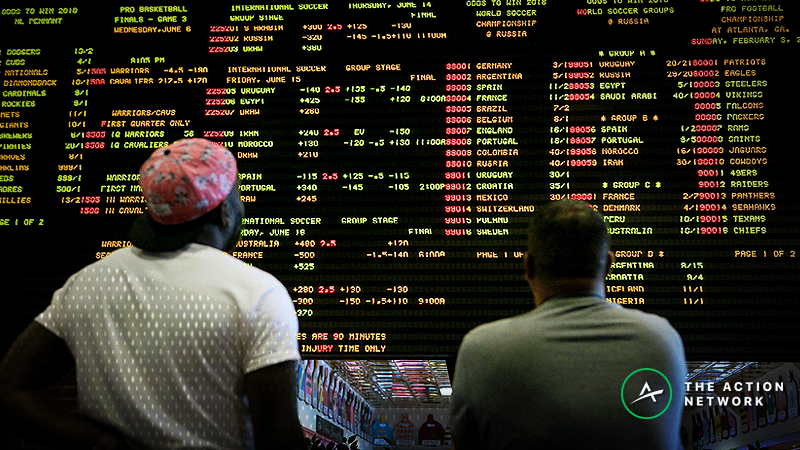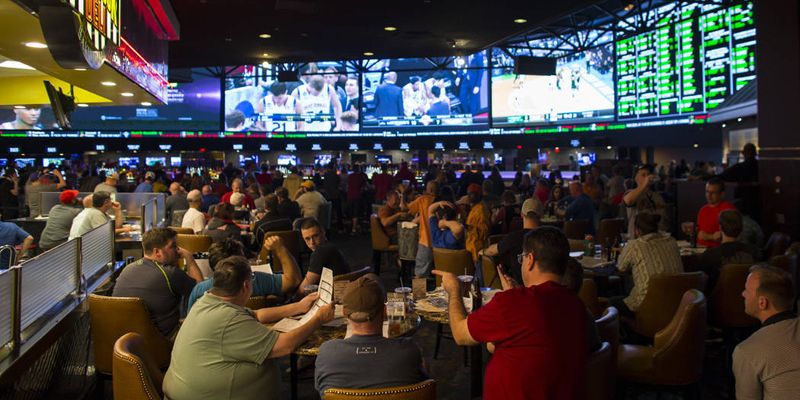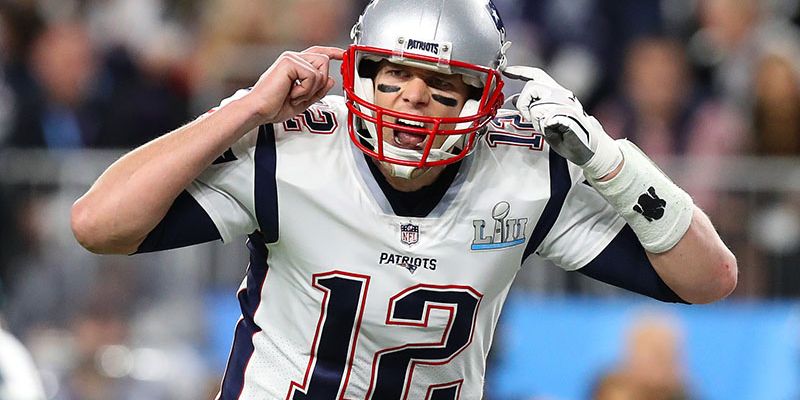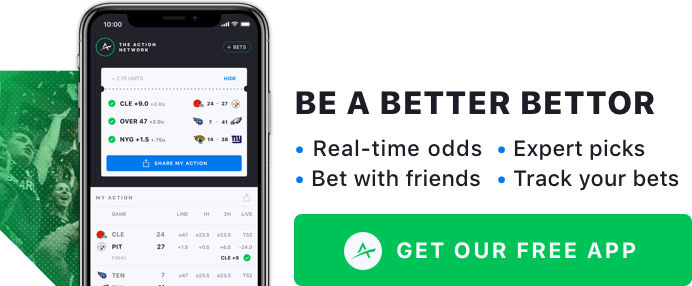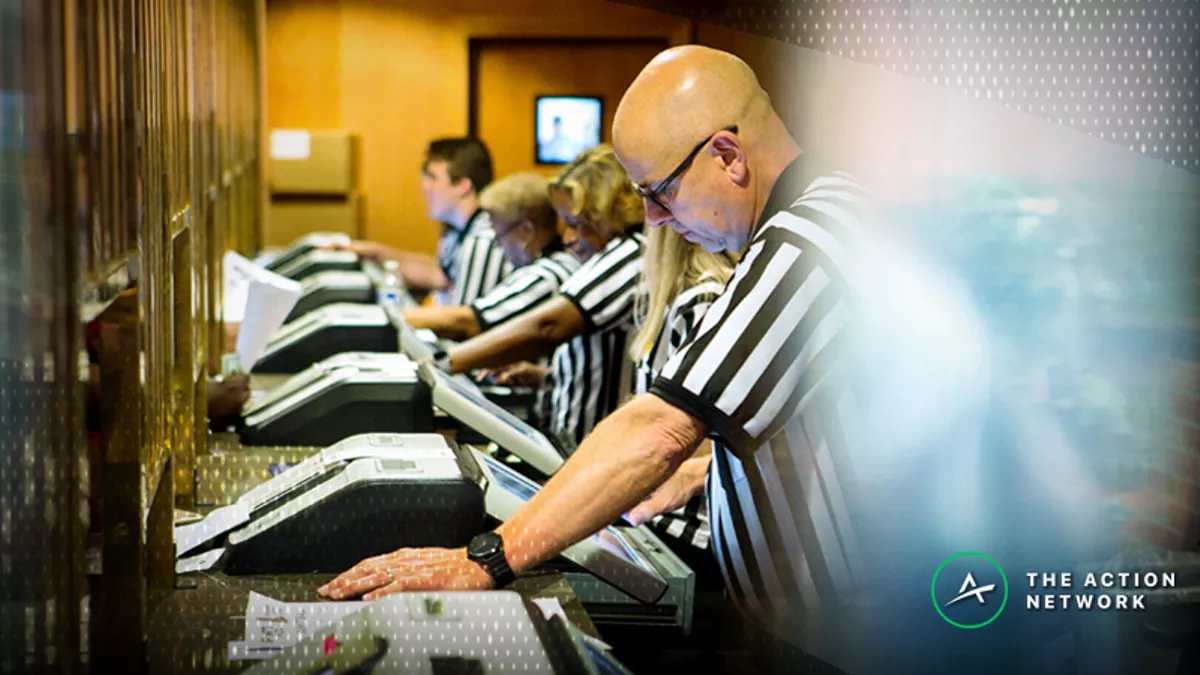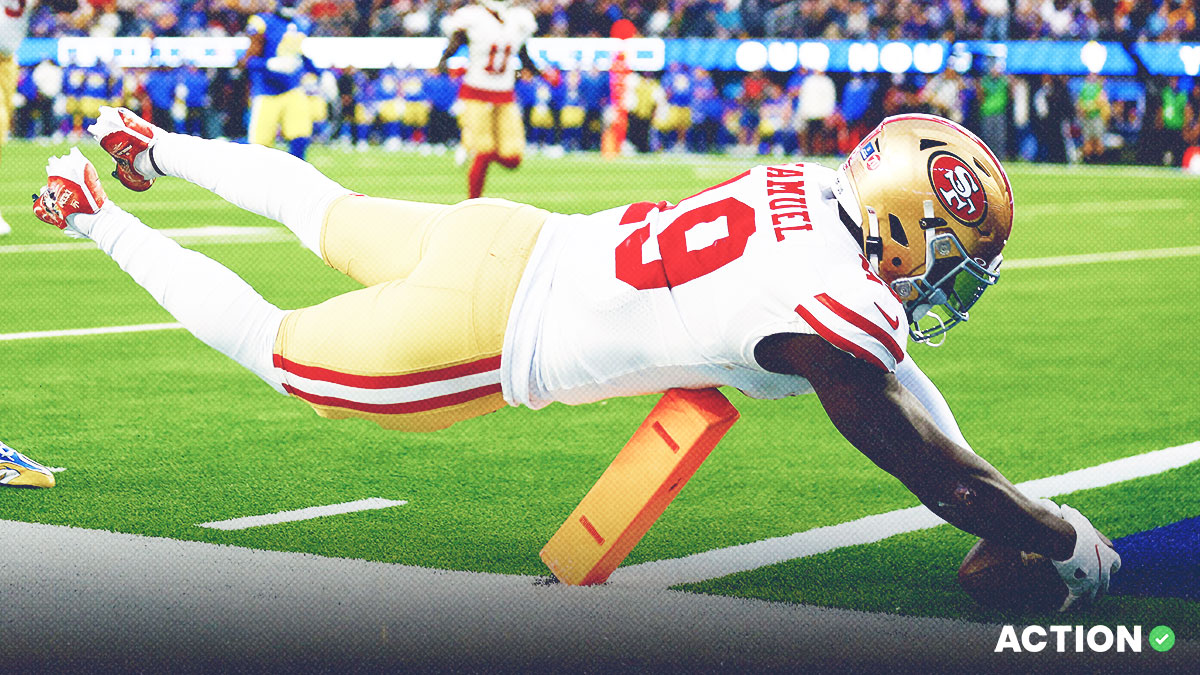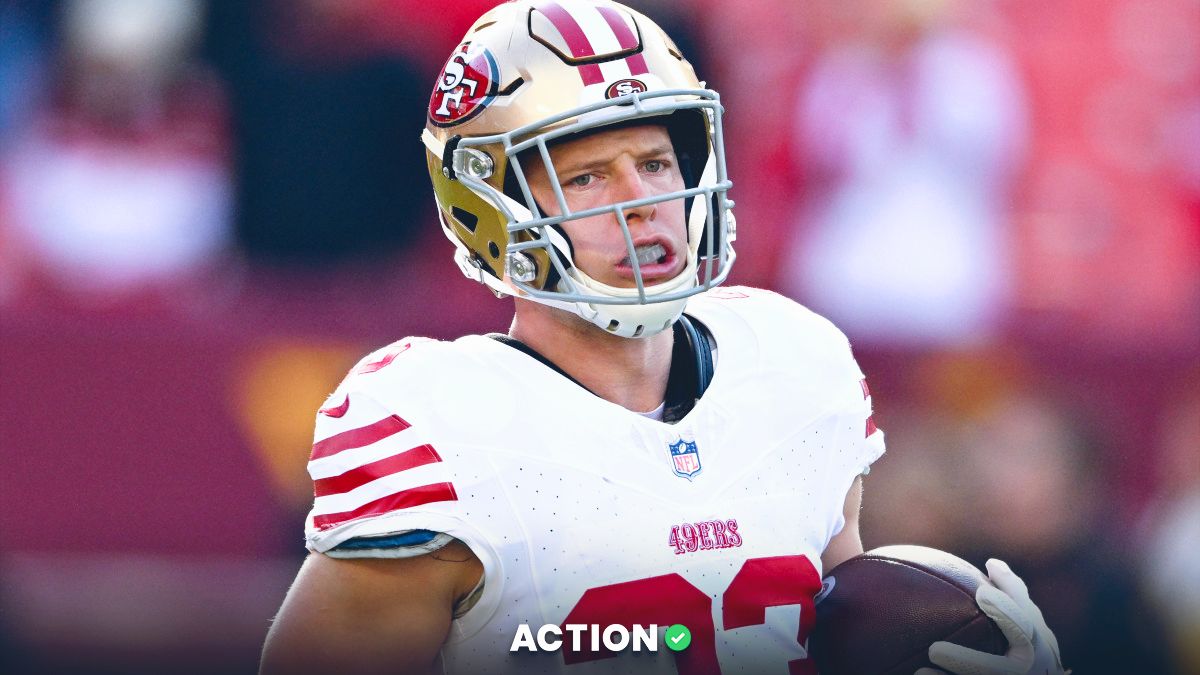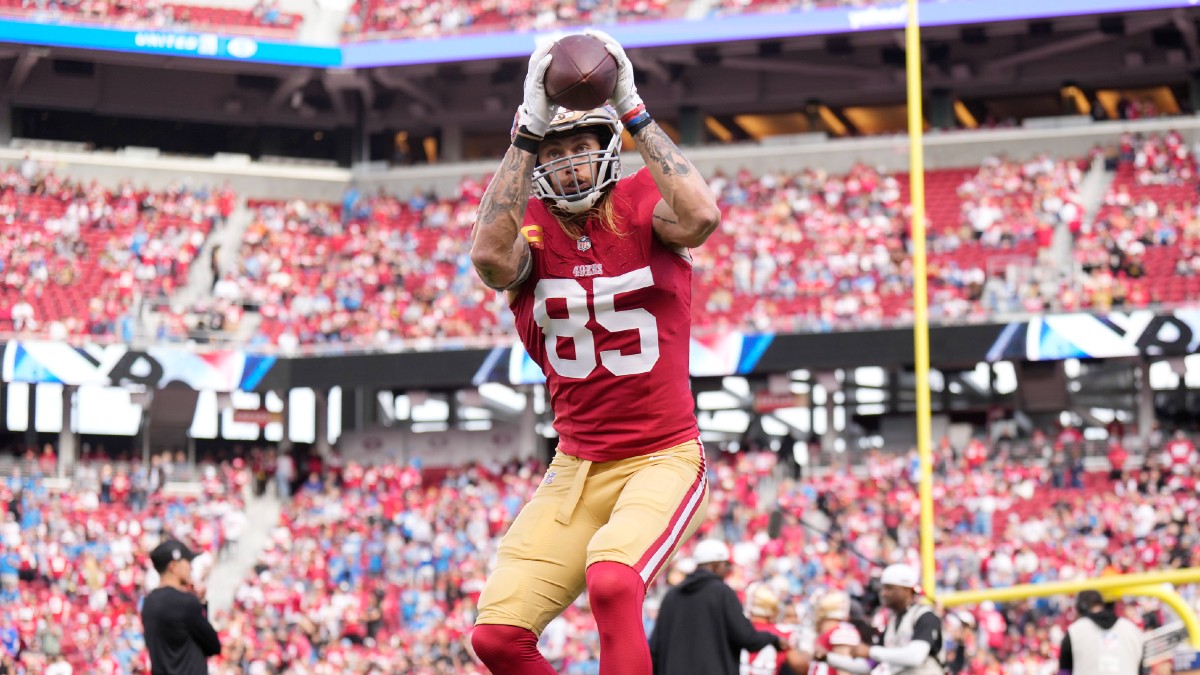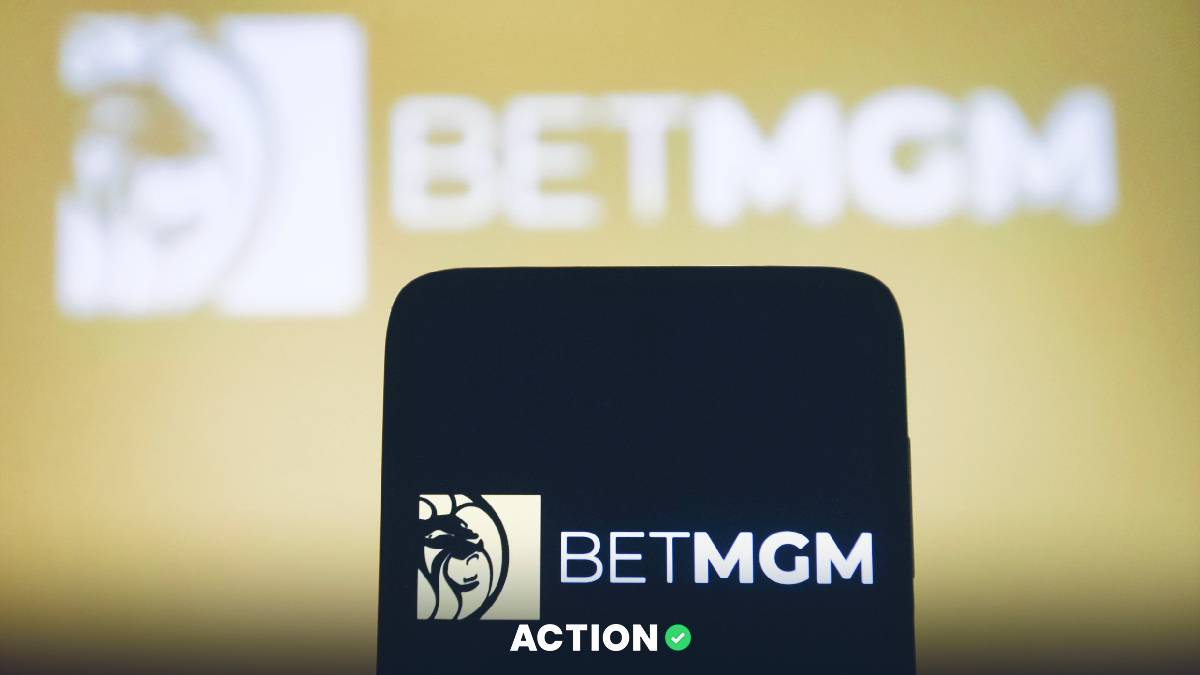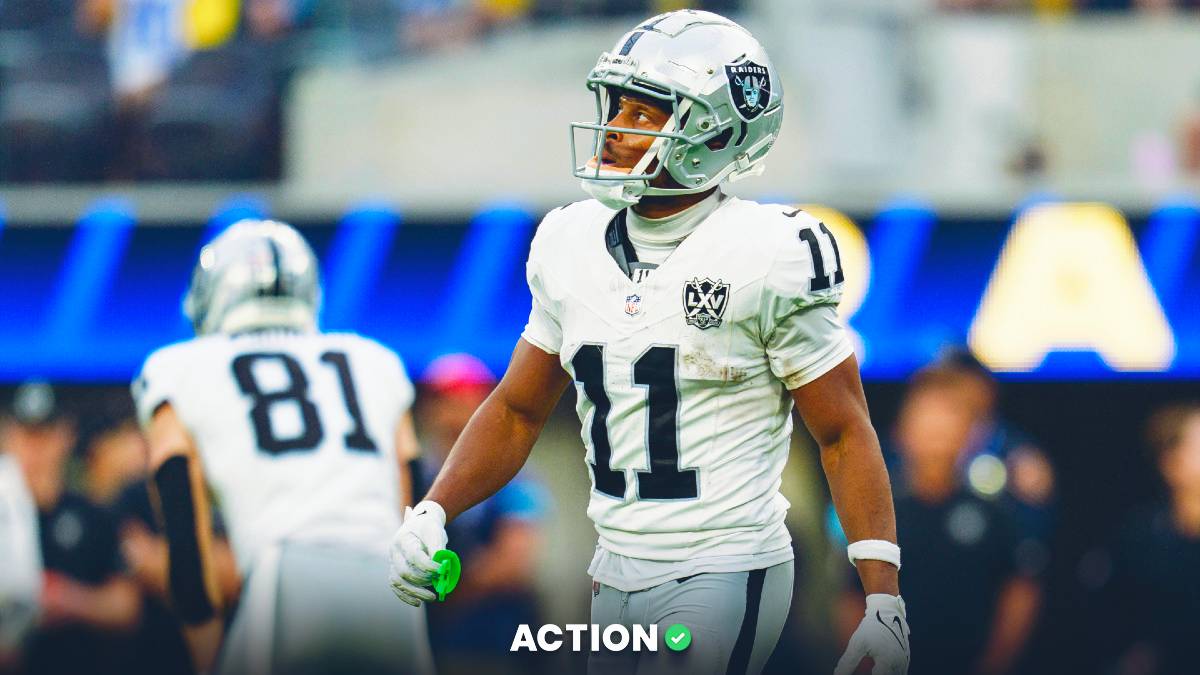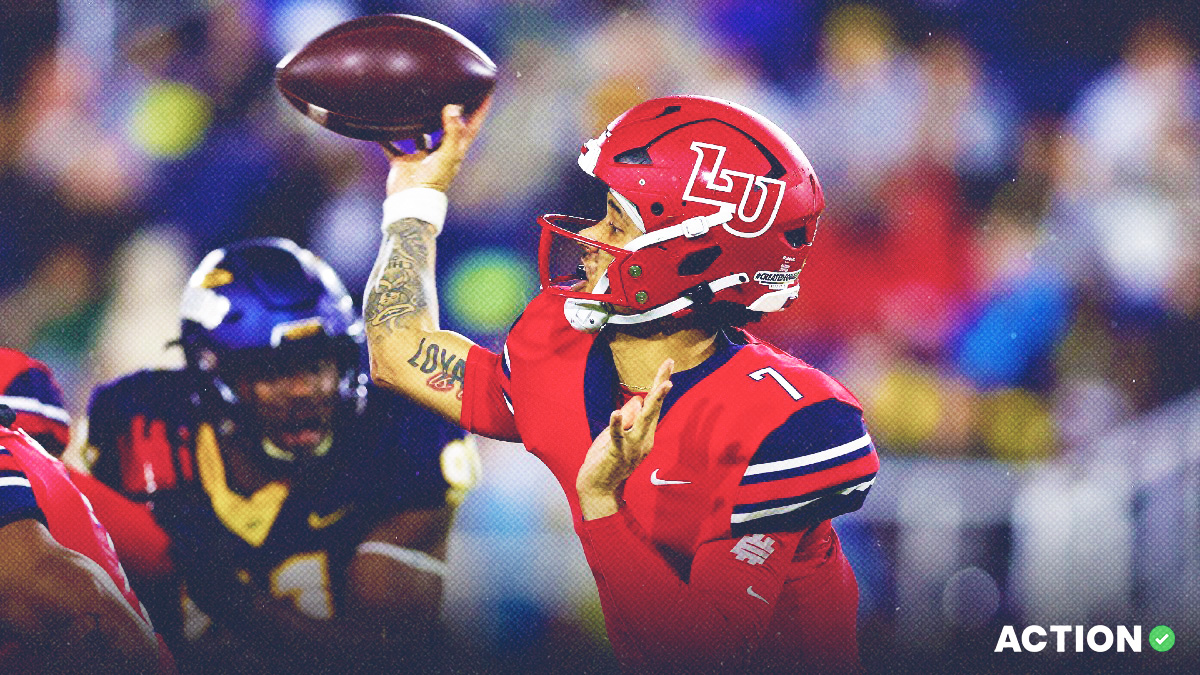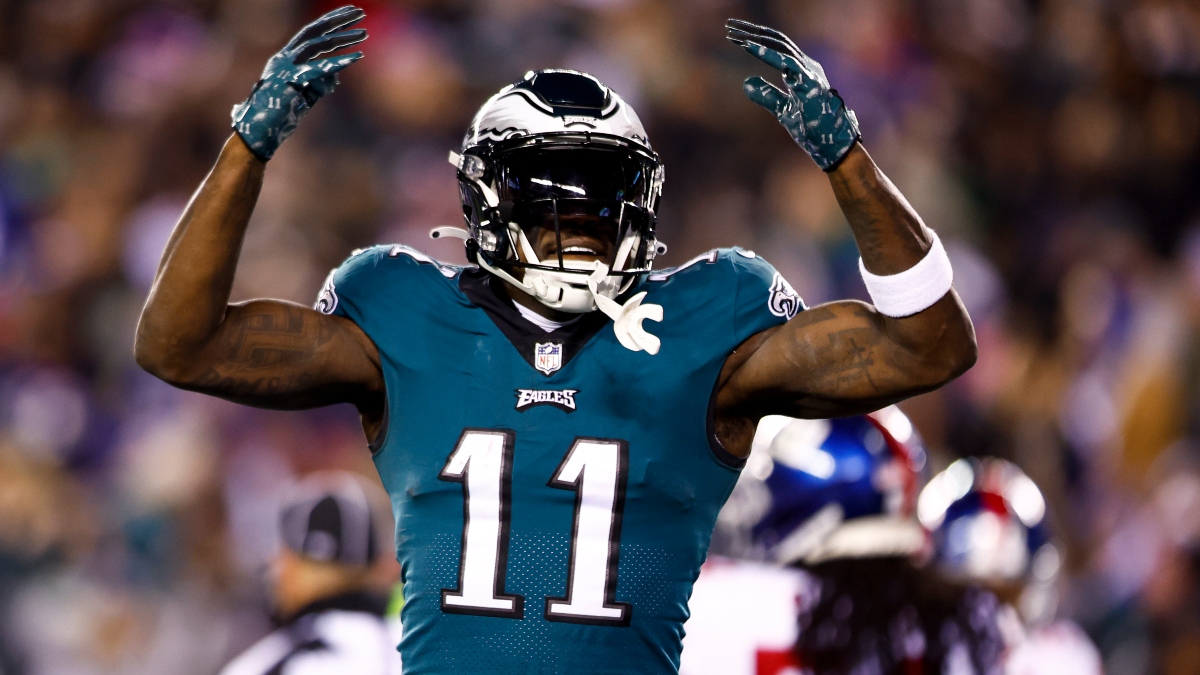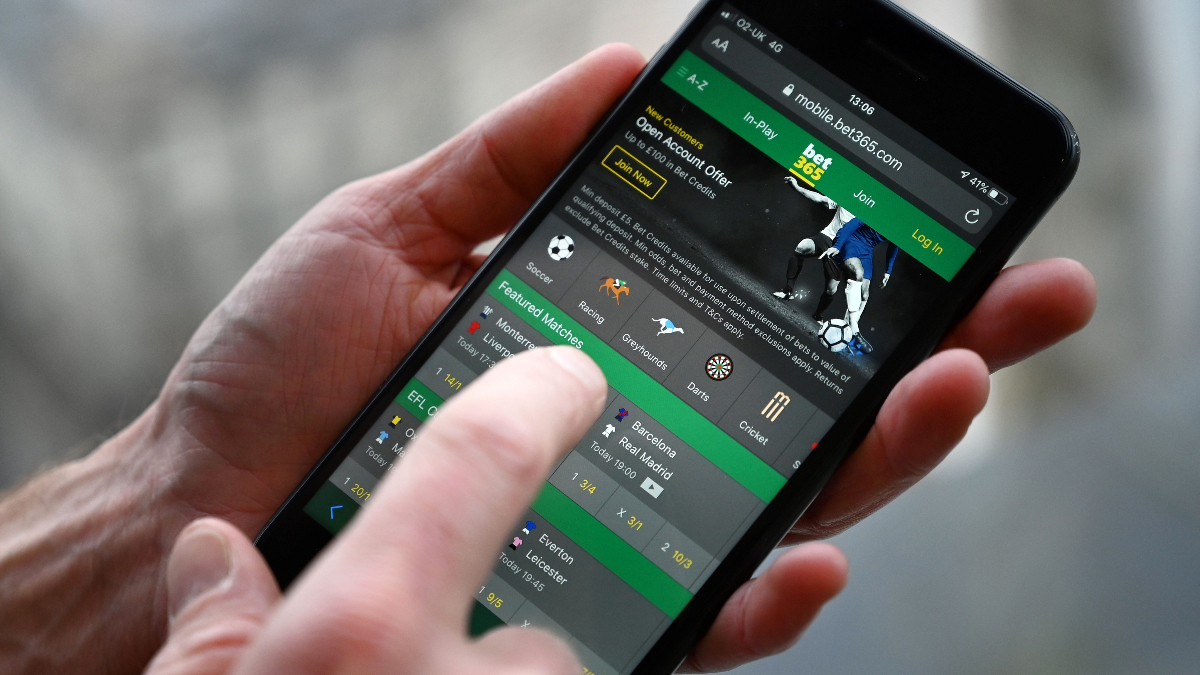Now that you're up to speed on general sports betting concepts, we've compiled the following list of common terms to help bettors who are ready to monitor, interpret and react to the live sports betting market.
1. Betting limits
Betting limits refer to the largest wagers sportsbooks will allow their players to place. These differ based on the sportsbook, sport, event start time and more.
2. Opening line
Also referred to as the "opener," this is the first line a sportsbook posts for a specific event. Different books may have different opening lines.
3. Public money
Recreational bettors who bet for fun, as opposed to those who bet for value or with an edge, are also known as the "public." Therefore, public money is money wagered by this group of casual bettors.
4. Sharp money
Sharp money is money wagered by professional bettors who have an edge and win long term. Sportsbooks often move lines based on sharp money from respected bettors.
5. Contrarian betting
Contrarian betting strategies take advantage of public money by tracking situations where recreational bettors are overvaluing a particular bet, creating value on the opposite side.
Sports Insights' signature betting strategy, betting against the public, is an example of a profitable contrarian betting strategy.
6. Betting syndicates
Syndicates are groups of skilled sports bettors who combine their knowledge, resources, bankrolls, systems and strategies to bet as much money as they can with the biggest edges possible.
7. Reverse line movement
This occurs when the betting line moves in the opposite direction of the betting percentages.
An example of reverse line movement: The New England Patriots are 7-point favorites against the New York Jets and 85% of spread bets are coming in on the Pats, but the line moves down to New England -6.5.
In this instance, sharp money forces oddsmakers to move the line in the opposite direction of the popular side to account for professional bettors taking the Jets +7.
8. Steam move
"Steam" occurs when bettors with the resources to wager large amounts do so at multiple sportsbooks at the same time. Steam drives betting line movement across the entire sports betting market and is a sure sign that professional bettors and/or syndicates bet hard on a game.
9. Public sportsbooks
Public sportsbooks cater to recreational bettors and therefore offer lower limits than sharp sportsbooks. These sportsbooks are quick to limit or flat-out refuse to accept action from winning bettors.
10. Sharp sportsbooks
Also referred to as market-setting sportsbooks, sharp sportsbooks have the highest betting limits and therefore attract professional bettors.
Because these books accept large wagers, they're also the most respected references for opening, current and closing lines.
11. Move on air
Sportsbooks "move on air" when adjusting a line to coincide with what other sportsbooks are offering. For example, if a public sportsbook is offering the Warriors -10 against the Pelicans and a sharp sportsbook opens the game at Warriors -9, the public book will move "on air" from -10 to -9 to get in line with the sharper book, even without taking any action on the Pelicans.


